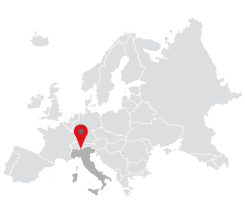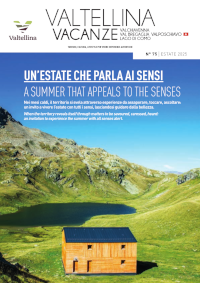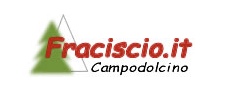Campodolcino is at the very heart of Valle Spluga. The vast plain is cut in half by the Rabbiosa stream flowing near the Parish church, where the water course is crossed by the splendid double-arched stone bridge known as “roman” even though it dates back only to the 17th century.
The name Rabbiosa identifies the impetuous nature of the torrent, the source in the past of serious flooding but which today is constrained within sturdy embankments. The final stretch of the Rabbiosa - between the Fraciscio bridge (1300m) and the roman bridge - is rather special as it enters a deep, narrow gorge carved within overhanging walls refined by the force of the water and over a few hundred metres has created a sequence of river potholes, waterfalls, pools and slides developing into a splendid waterfall behind the roman bridge. There is a decided charm to the place, in a primordial and humid environment where nature has had to adapt to a lack of light. In 2002 the area around the gorge was recognised as a “Monumento naturale” by the Regione Lombardia for its important naturalistic and hydrogeological value. The ravine was carved by the sub-glacial torrent of the vast Stella-Groppera glacier between 20,000 and 11,000 years ago.
The Caurga pathway which makes its way up the right hand side of the gorge is fitted out with a series of educational panels illustrating through photographs the narrowest part of the feature, largely hidden from view. In spring this year the Caurga Tibetan bridge was inaugurated which, along its length of 70 metres facilitates viewing of the initial section of gorge characterised by a succession of waterfalls and pools. The stream then takes a sharp turn towards the southwest entering the narrowest section of the Caurga which in places is no more than 2 metres in width.
The route is by no means difficult, takes about an hour and is suitable for families with children. It’s an itinerary well worth enjoying amongst the many other attractions in the area simply to marvel at the effects of the erosive force of water evidenced over thousands of years, as well as the extraordinary beauty of nature expressed in this fabulous corner of the valley. At the same time anyone wishing to delve somewhat deeper into the phenomenon can visit the Museo della Via Spluga e della Val San Giacomo (Muvis) within the town itself. The display rooms provide a rich history of the area and the developing presence of the community, and proposes many alternative and rather special itineraries.




















